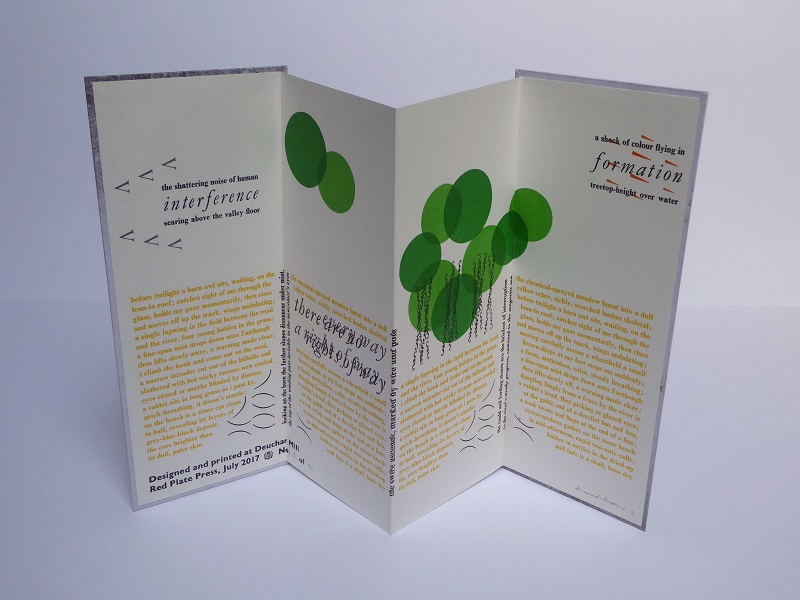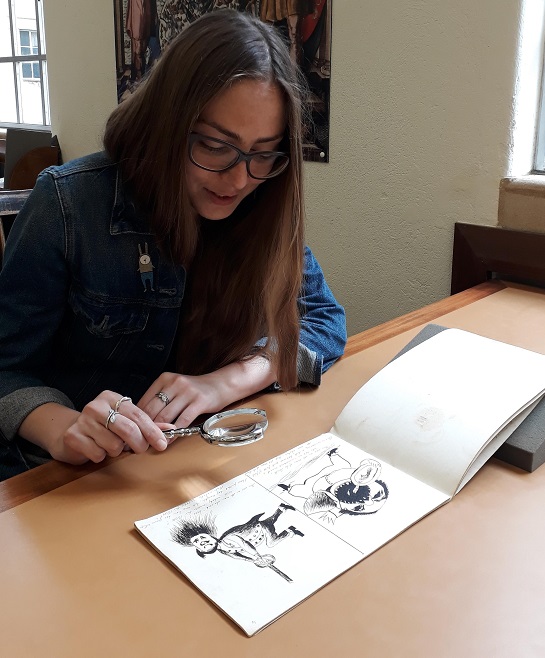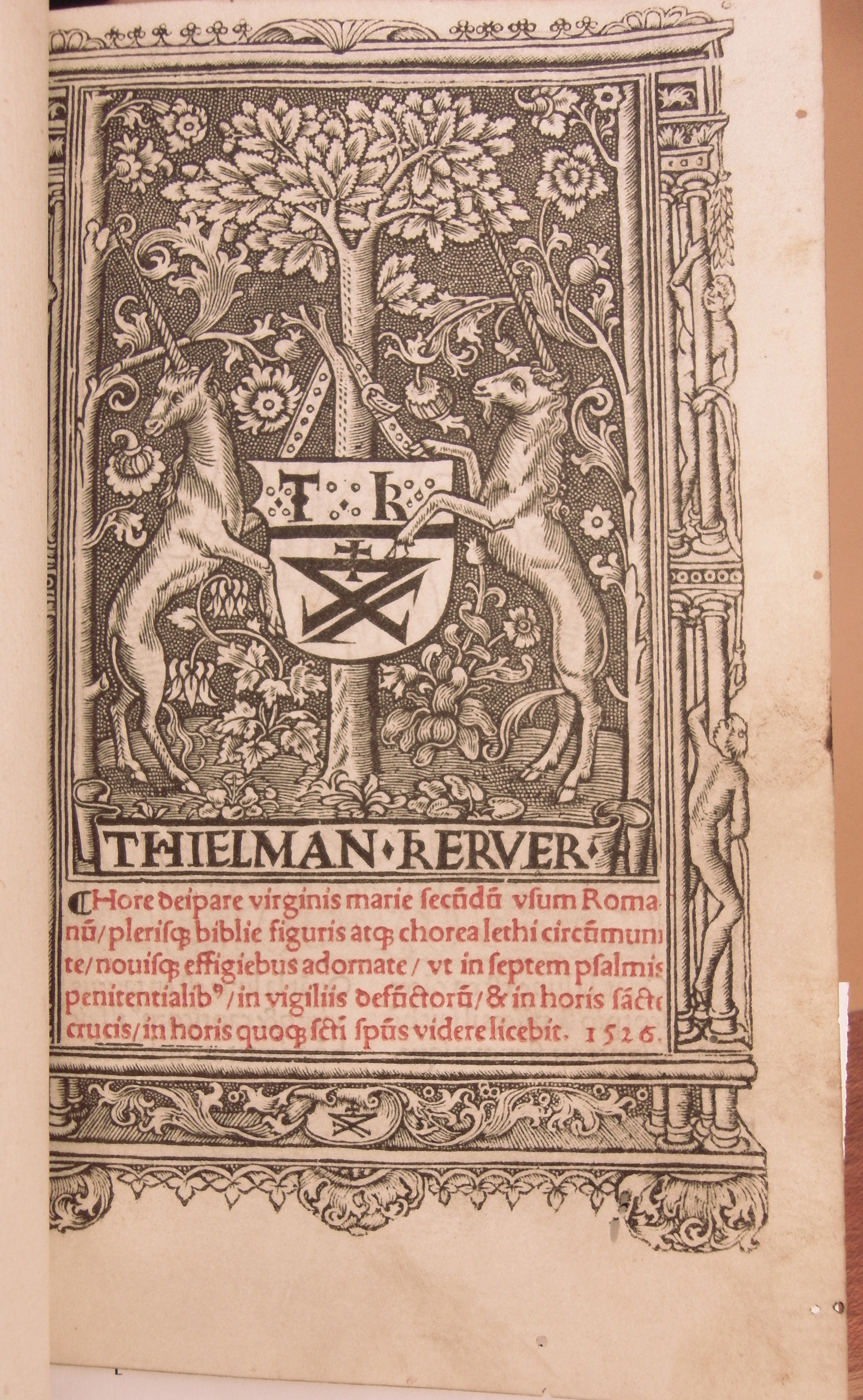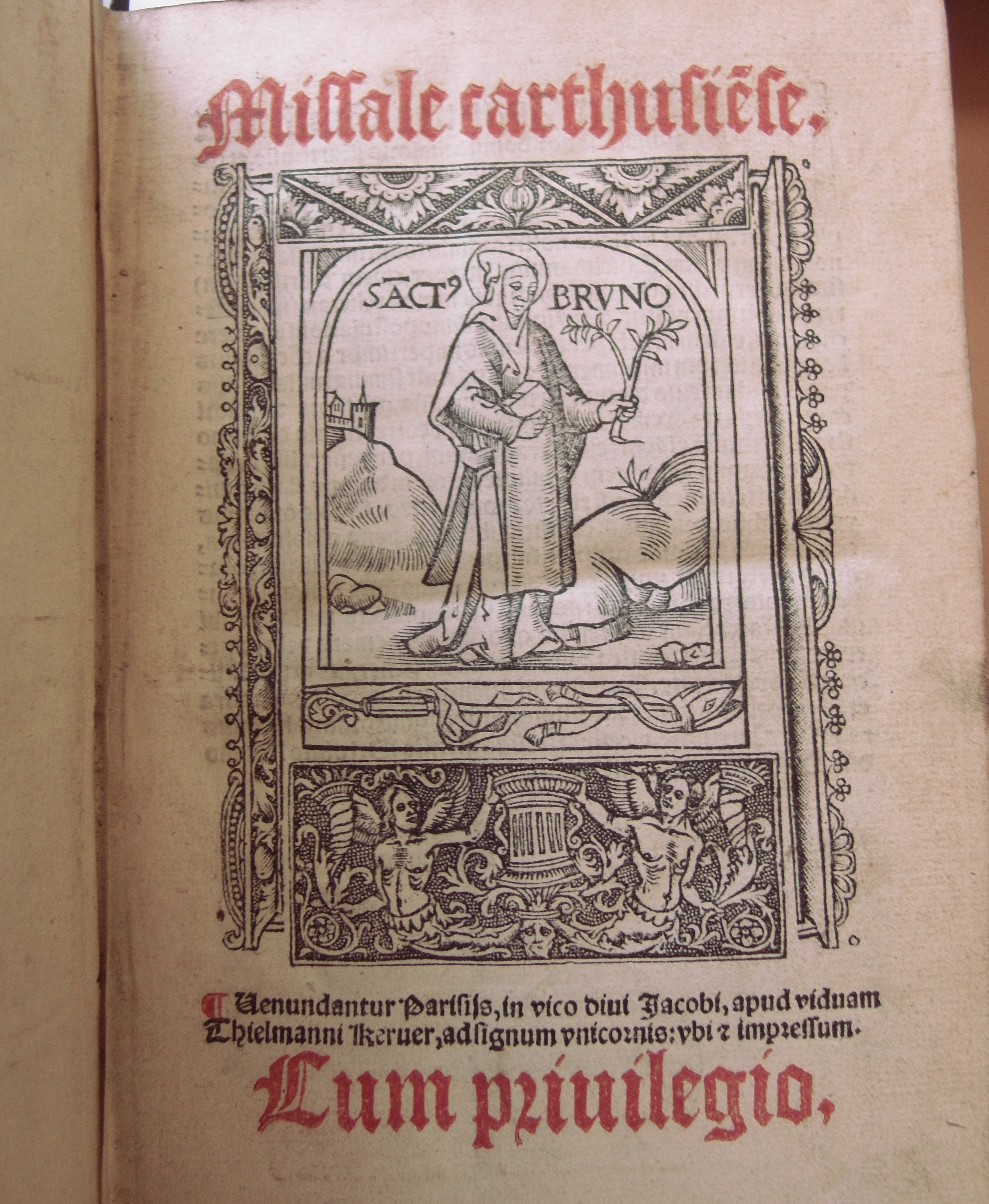A collaboration between the Bodleian’s Department of Special Collections and Centre for Digital Scholarship, and Cultures of Knowledge, a project based at the Faculty of History

We are looking for enthusiastic undergraduates and postgraduates from any discipline to take part in workshops in textual editing culminating in the publication of a citable transcription.
Sign up for a workshop: see below for details.
Trinity Term 2019
- 10:00-16:30 Wednesday 8th Week, 19th June
Textual editing is the process by which a manuscript reaches its audience in print or digital form. The texts we read in printed books are dependent on the choices of editors across the years, some obscured more than others. The past few years have seen an insurgence in interest in curated media, and the advent of new means of distribution has inspired increasingly charged debates about what is chosen to be edited, by whom and for whom.
These workshops give students the opportunity to examine these questions of research practice in a space designed around the sources at the heart of them. The Bodleian Libraries’ vast collections give students direct access to important ideas free from years of mediation, and to authorial processes in their entirety, while new digital tools allow greater space to showcase the lives of ordinary people who may not feature in traditional narrative history.
Our focus is on letters of the early modern period: a unique, obsolescent medium, by which the ideas which shaped our civilisation were communicated and developed. Participants will study previously unpublished manuscripts from Bodleian collections, working with Bodleian curators and staff of Cultures of Knowledge (http://www.culturesofknowledge.org), to produce a digital transcription, which will be published on the flagship resource site of Cultures of Knowledge, Early Modern Letters Online (http://emlo.bodleian.ox.ac.uk), as ‘Bodleian Student Editions’.
The sessions are standalone, but participants in previous workshops have gone on to further transcription work with Bodleian collections and with research projects around the country, as well as producing the first scholarship on some of the manuscripts by incorporating material in their own research (from undergraduate to doctorate level). The first-hand experience with primary sources, and citable transcription, extremely useful for those wishing to apply for postgraduate study in areas where this is valued: one participant successfully proceeded from a BA in Biological Sciences to an MA in Early Modern Literature on the basis of having attended.
The sessions provide a hands-on introduction to the following:
- Special Collections handling
- Palaeography and transcription
- Metadata curation, analysis, and input into Early Modern Letters Online
- Research and publication ethics
- Digital tools for scholarship and further training available
You can read about research conducted in previous workshops here. To hear about future textual editing workshops and other events as they are advertised, please join the digital scholarship mailing list.
Participation is open to students registered for any course at the University of Oxford. If you would like to participate, please contact Francesca Barr, Special Collections Administrator, francesca.barr@bodleian.ox.ac.uk, and include:
- your ox.ac.uk email address
- your department
- your level and year of study
- particular access requirements
- particular dietary requirements
Please note that owing to the workshops being oversubscribed both years running, we can only confirm places on this term’s workshops. You may register your interest in subsequent workshops, and will be notified of the dates for each term before they are advertised more widely.





















